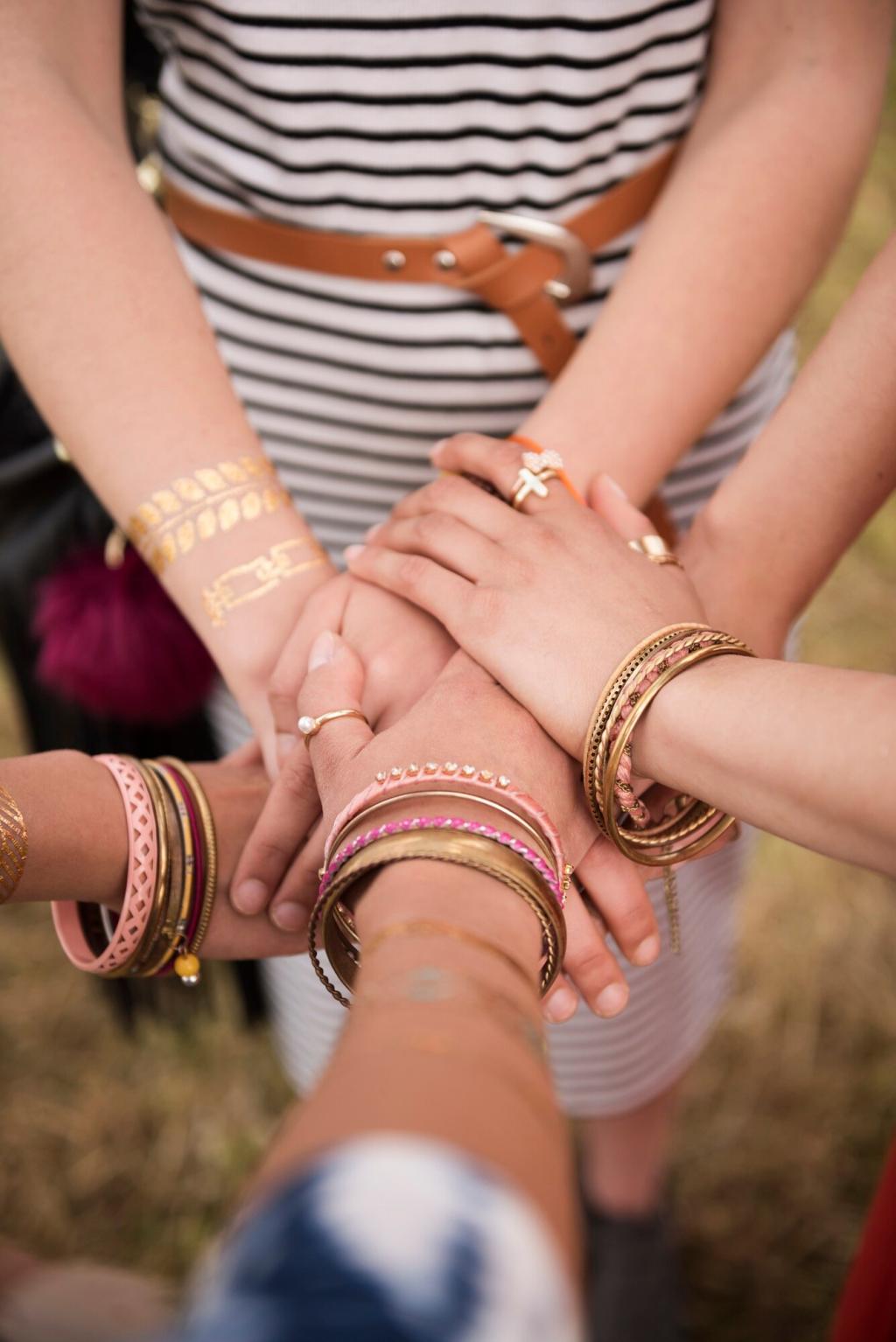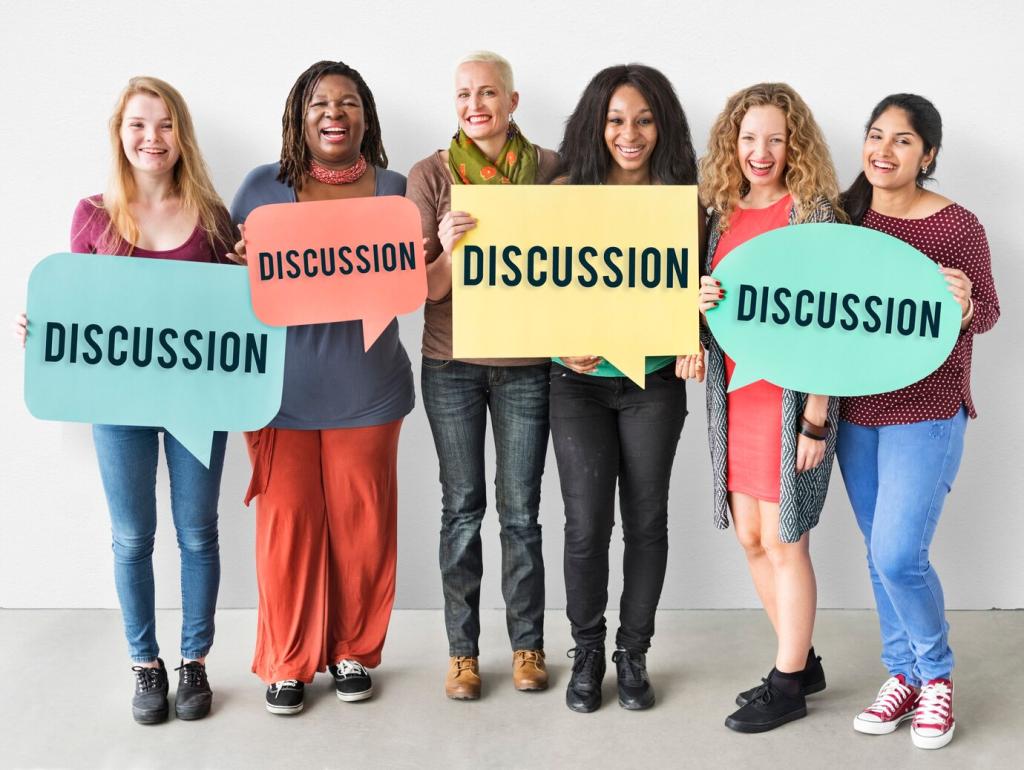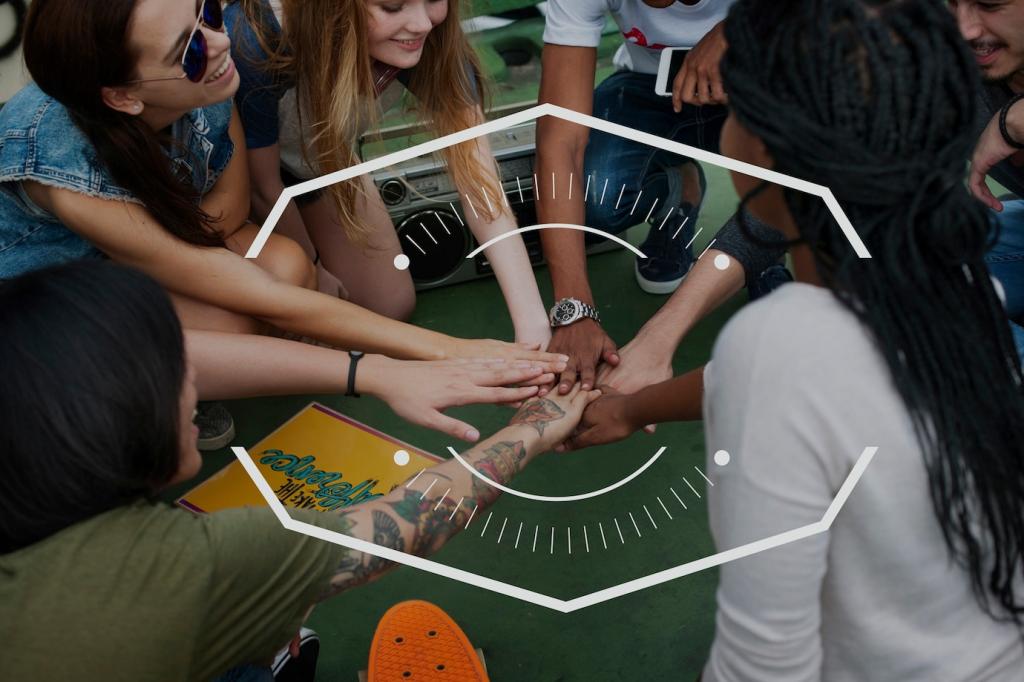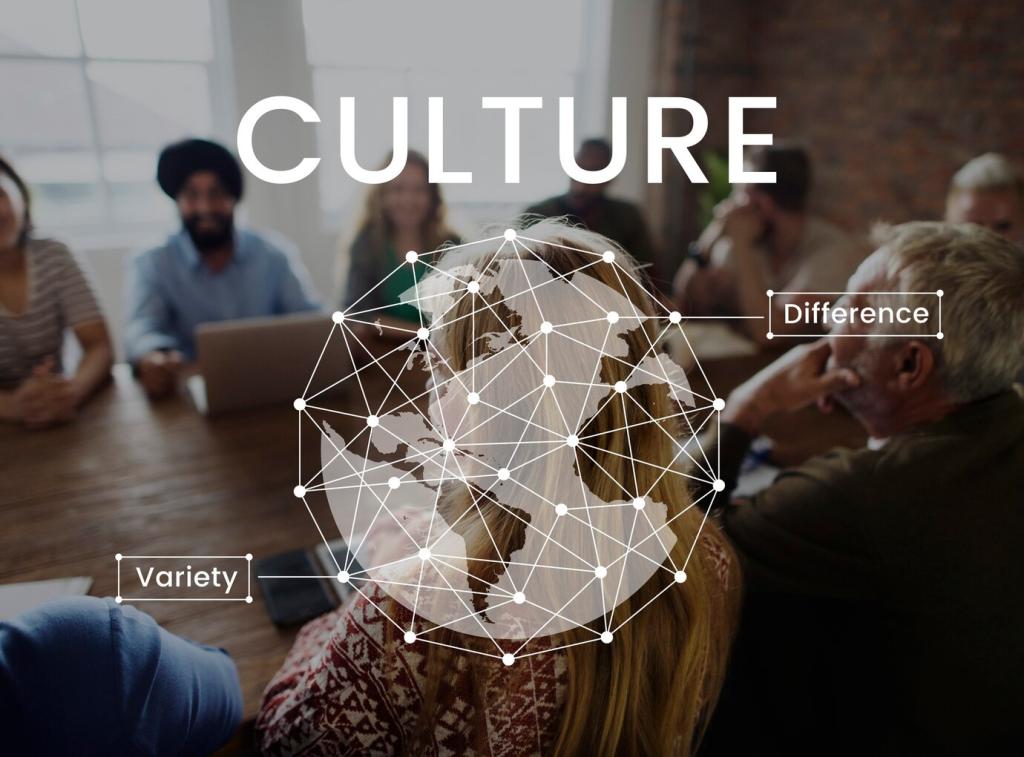Stories of Crossing: Artists Bridging Cultures
A ceramicist raised amid tiled courtyards in Isfahan now glazes bowls in Helsinki, tracing star patterns from childhood by hand. She says the motif’s repetition steadies her during long winters, a quiet cadence that warms the kiln. Share how repetition helps you focus in your own creative routine.
Stories of Crossing: Artists Bridging Cultures
A muralist layers flowing script across a concrete underpass in São Paulo, blending hip-hop energy with classical calligraphic rules. Pedestrians stop to spell out fragments, turning the bridge into a public page. Have you met a city wall that taught you a new alphabet through Middle Eastern motifs?
Stories of Crossing: Artists Bridging Cultures
In a neighborhood cafe, a well-worn rug sparks a chat between strangers about family journeys and recipes. The rug’s medallion becomes a map for stories, each knot a checkpoint. Tell us about the object that turned small talk into a shared story, guided by Middle Eastern motifs.
Stories of Crossing: Artists Bridging Cultures
Lorem ipsum dolor sit amet, consectetur adipiscing elit. Ut elit tellus, luctus nec ullamcorper mattis, pulvinar dapibus leo.








